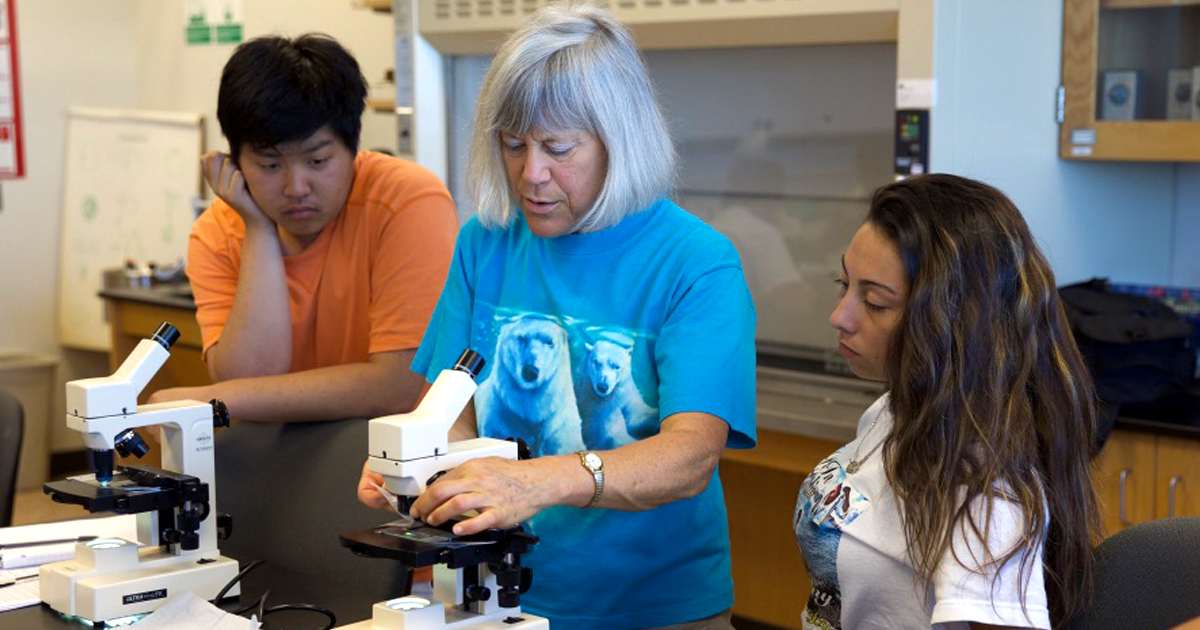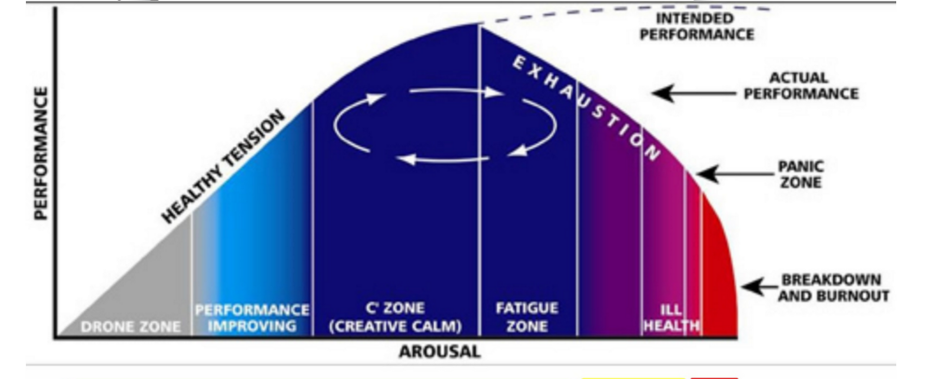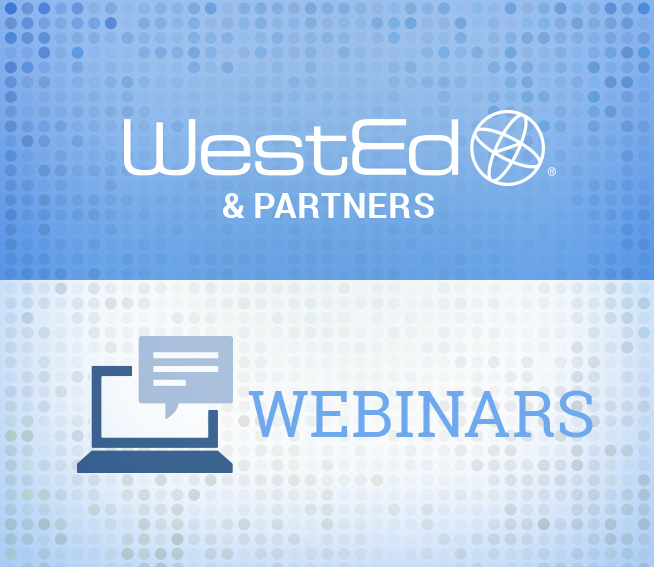Educator Burnout, Equity, and Tips for Coping
Posted on by Laura Buckner

This post, written by Laura Buckner for the Hybrid and Distance Learning Collaborative (HDLC), first appeared on the Center for the Future of Teaching & Learning at WestEd blog and appears here with permission. The HDLC is a COVID Education Equity Response Collaborative initiative.
Educator burnout is a real and growing issue. According to a recent RAND Corporation Survey, almost a quarter of all K–12 teachers in the United States were considering quitting after the 2020/21 school year. Similarly, staff of local education agencies reported feeling overwhelmed, exhausted, and stressed beyond what’s effective or healthy.
In a recent virtual professional learning session hosted by WestEd’s Equity Accelerator, California county office of education leaders were treated to a presentation from The Teaching Well, a coaching and training organization committed to supporting the well-being and retention of teachers and to creating sustainable school systems. Presenter Kelly Knoche acknowledged the immense negative stress that educators at all levels are consistently asked to function under, especially during the past 18+ months of the COVID-19 pandemic, and addressed the challenge that leaders have in balancing their own self-care needs with a desire to support others.
“You are balancing this commitment to servant leadership and serving students and families first,” she said, “and I also want to acknowledge that we may have internalized ways of working that ask us to take on more and we overwhelm ourselves.” This dynamic, she continued, can lead to educators being “unable to be the servant leaders we want to be for others.”
The Human Function Curve
Knoche shared a graph called the human function curve, which describes the impact of stress on performance and on the ability to engage in creative problem-solving. The curve illustrates that as arousal, or stress, increases, performance also increases steadily up to a certain point of peak performance. This point is described as “creative calm.”
In the creative calm state, educators and leaders may take on additional tasks or responsibilities, thinking that their ability to perform will continue to increase. However, additional stress beyond the peak will actually decrease performance and lead to exhaustion, panic, and burnout. This graph resonated for many participants, who expressed that they often find themselves overstressed and more often in the fatigue zone than in the creative calm zone.

The Connection to Equity
“When urgency and stress overwhelm us, we are more likely to isolate and control, act upon implicit biases, and perpetuate systems of harm,” said Knoche. For those in servant leadership roles — despite their best intentions toward the staff, students, and families with whom they work — they may forgo important opportunities to include diverse voices and perspectives in their decision-making, resulting in inequitable services and impacts. Or, in an effort to be efficient, they may make harmful assumptions that fail to recognize the unique strengths and assets of others. That means that to create authentic change, leaders must take care of themselves: an imperative for pursuing equity is the ability to stay in the creative calm zone of the human function curve.
The Teaching Well’s Tips for Dealing with Dysregulation and Overwhelm
So what can education leaders do when they notice themselves or others moving toward fatigue and burnout? The Teaching Well offers several simple strategies to use in the moment when “dysregulation,” or a decreased ability to manage emotional responses, or overwhelm occurs:
Pause: Silence can be a useful tool to reset and process what is happening in the moment. Pausing provides an opportunity to check in with your body: What are you feeling? How is your breathing? Pausing can allow you and others to remain in a “growth zone” that enables learning rather than tuning out or losing the ability to listen and truly hear others, appreciate their perspectives, and examine your own assumptions or biases.
Acknowledge: Offer yourself or others validation and appreciation. In interracial spaces, consider and name how race, power, and position may impact interactions and understanding. When working with others who are dysregulated, refrain from adding your own emotions. Rather, focus on centering their needs.
Identify the need: Determine what you or others need to reduce negative stress. Sometimes the need may simply be connection and relationship building. Other times the need may be for information, resources, or clear action steps. If there is interpersonal conflict, it may need to be acknowledged or resolved before moving forward.
Connect: When working with others who are experiencing dysregulation, you can show connection through facial expressions, tone of voice, and body language. Stay present and try to stay in the moment rather than jumping to solutions.
Respond: Respond with empathy and clarity. Work toward co-creating a solution and offer support, either through giving your own time or connecting to other resources.
These strategies can help individuals find calm in moments of overwhelm, but Knoche and her colleagues at The Teaching Well add that an organization-wide commitment is key to creating lasting change that supports the overall well-being of educators and staff.
As Knoche concluded, “We need to create a systemic model of wellness and identity support” that includes “one on-one support, full staff trainings, and then systems change.”
If you or your organization would like to learn more, contact The Teaching Well, at info@theteachingwell.org. For more information on the Equity Accelerator, please contact equityaccelerator@WestEd.org.

